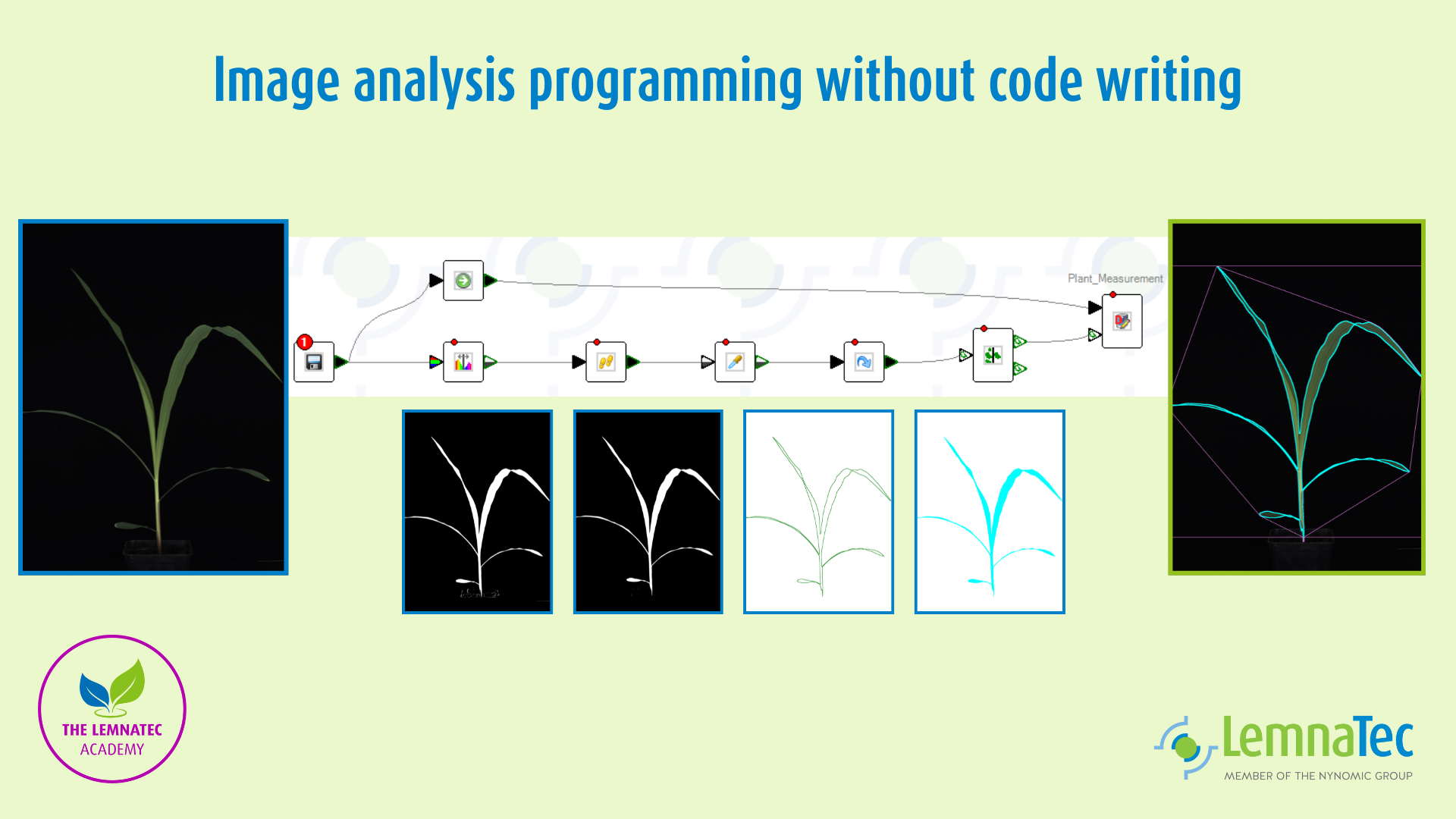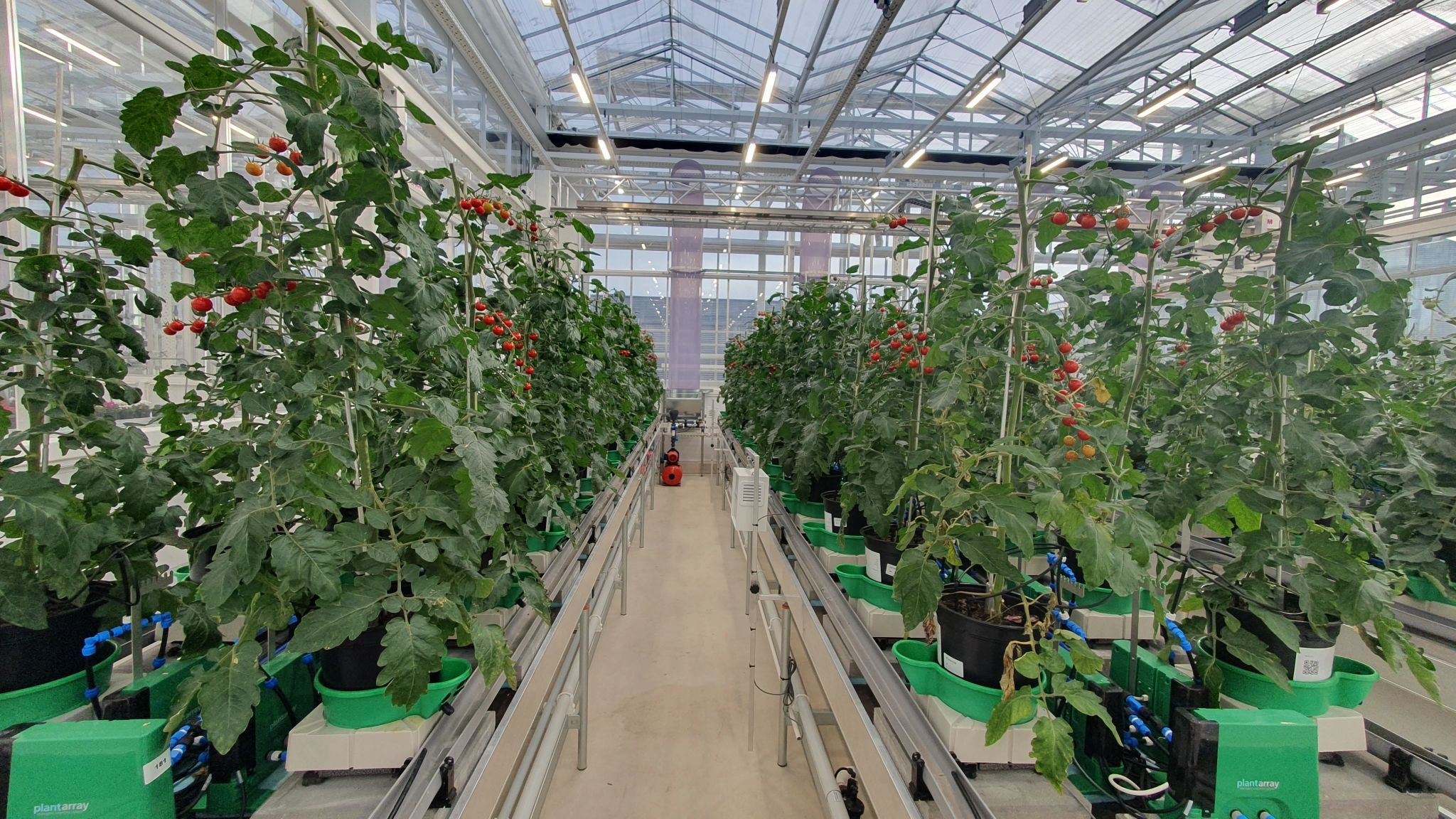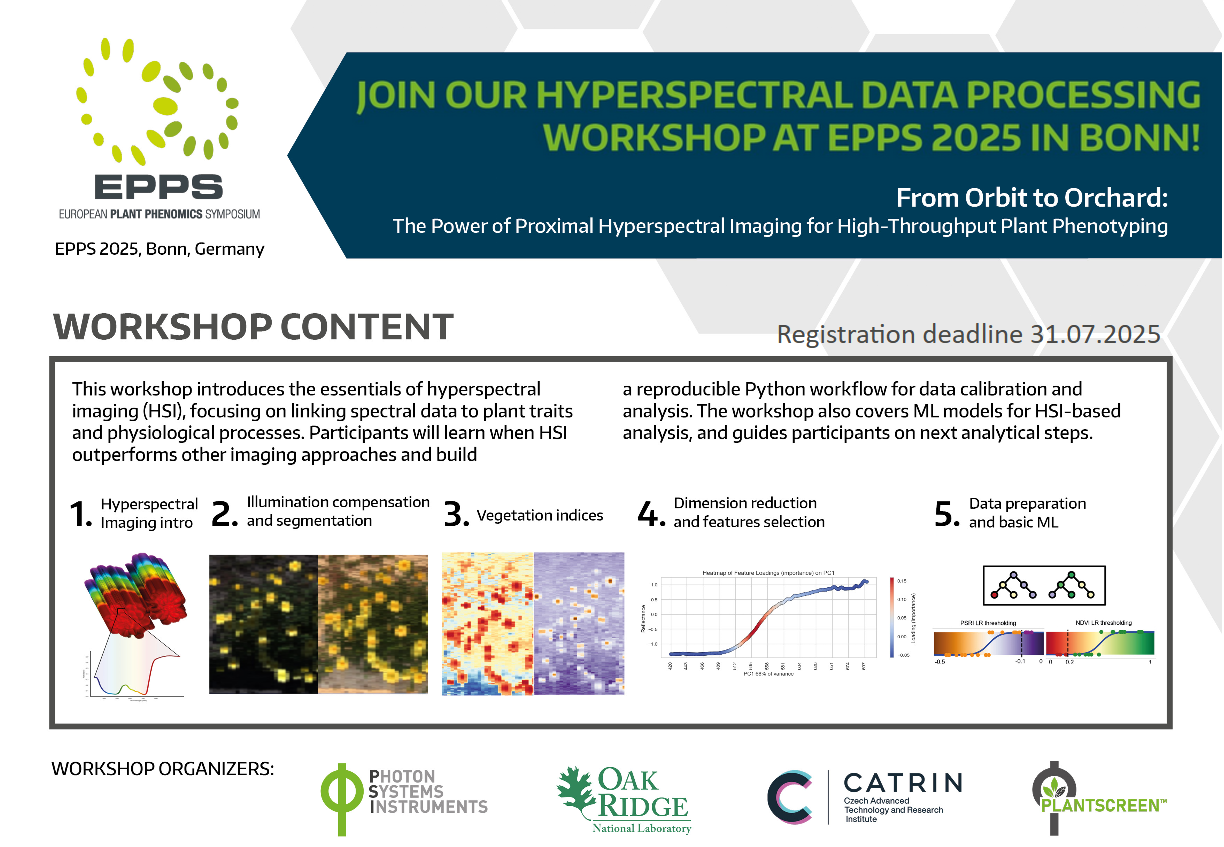Workshops (for registered participants only)
The EPPS program offers several parallel 90-minute workshops with 25-30 participants.
The workshop will take place on: 17th of September from 9:00 - 10:30 CET before the opening session. --> Workshop programm
Workshop registration is closed
Please note the space is limited, the bookings will be processed in a “first-come first-serve approach”. Please note: participation in a workshop without prior online booking will not be feasible.
Organizers: Korinna Varga1, Valéria Csonka1, Bálint Kapcsos1
1Hungarian Research Institute of Organic Agriculture (ÖMKi)
The aim of the workshop is to:
- introduce the Agroecology Partnership, but more specifically the objectives of the European Network of Agroecology Living Labs and Research Infrastructures, activities, long-term plans, and joining and collaboration opportunities and to reflect on its experiences from its first year of existence
- understand the participants’ stance on the Network and engage them in an interactive manner to draw insights and lessons on how to strengthen the performance of the Network to better contribute to agroecology transition at European and national levels.
 Preliminary program:
Preliminary program:
- Presentations – setting the scene and clarifying concepts:
- All there is to know about the Partnership and the European Network of Agroecology Living Labs and Research Infrastructures (15min)
- Guiding approach to monitor and evaluate the Network’s contribution to agroecology and experiences from the first year (15 min)
- Workshop to gather insights on how to strengthen the performance of the Network to better contribute to agroecology transition (60 min)
Oganizers: Dr. Marcus Jansen1, Dr. Robert Tietz1, Dr. Jutta Gerstner1, Dr. Ralf Blanke1
1 Lemnatec
The aim of the workshop is to:
give an insight of image recording and image processing using the LemnaTec Software Suite. The workshop will be a combination of presentations and practical examples addressing: i) Proper recording of images – light and camera settings, ii) How does programming work?, iii) How to process image series using a programmed pipeline? Iv) How to include machine learning in image processing programming?

The preliminary program:
- Hard and software for phenotyping
- Image recording and setting of imaging conditions
- Image processing programming using Lemna Grid graphical programming
- Machine learning in image processing programming for complex analysis tasks.
Organizers: Kerstin Neumann1, Thomas Altmann1, Roland Pieruschka2
1Leibniz Institute of Plant Genetics and Cop Plant Research (IPK), 2Forschungszentrum Jülich
The workshop will be jointly organised by the of the IPPN `Controlled Environment Plant Phenotyping Working Group´ (CePPG) and the `Plant Phenotyping´ working group of the German Plant Breeding Society (GPZ). It aims to explore how cutting-edge phenotyping techniques in controlled environments can enhance our understanding of plant traits, improve breeding efficiency, and accelerate innovation in crop improvement. Additionally, we´d like to trigger discussions on the methodologies and strategies for phenotyping in controlled environments to ensure the generation of robust data that can be effectively related to trait expression under field conditions and translated into enhanced crop improvement.


Preliminary Program:
keynote lecture:
- Johannes Kromdijk (University of Cambridge)
workshop presentations:
- Leonardo Caproni (Scuola Superiore Sant'Anna, Pisa)
Time-resolved QTL mapping connects photosynthetic efficiency and maize growth dynamics
- Andreas Stahl (Julius Kühn Institute, Quedlinburg)
Opportunities and challenges of high-resolution phenotyping of water use under controlled environments
- Marco Maccaferri (University of Bologna)
- Ewaut Kissel (Phenospex)
Orgnizers: Keren Moshelion1, Linoy Uziel1
1Plant-Ditech
The aim of the workshop is to:
provide numerous examples from published studies in top journals, demonstrating the functional continuous phenotyping capabilities of the Plantarraysystem, which automatically manages different stressors while detecting plant reactions weeks beforeany visual symptoms appear. This is achieved by utilizing key physiological traits such as transpiration, stomatal conductance, and biomass gain measurements. The system’s insights have been found to correlate highly with field yield results.

Preliminary program:
- Introduction (10')
- Phenotyping methods screening (10')
- HTTP Functional phenotyping differentiators (10')
- Different use cases (abiotic stresses, biotic stresses, yield optimization) (40')
- Q&A (20')
NPEC facility, at Wageningen University
Organizers: Ivan Kashkan1, Mengjun Shu2, Pavel Klimeš3, Nuria De Diego Sanchez3, Klára Panzarová1
1PSI, 2Oak Ridge National Laboratory, 3Palacky University,
The aim of the workshop is to:
- grasp HSI essentials—sensor types, data formats, and plant phenotyping applications
- link spectra information to plant traits and physiological processes
- learn when HSI outperforms RGB/multispectral imaging via an example case-study
- build a reproducible Python workflow: calibration → standardisation → cleaning
- visualise and extract key features (Vegetation indices, PCA) and segment plant tissue with a simple ML model
- export spectra for trait analysis and get pointers to appropriate next steps
Prerequisites:
Participants will use Python-based tools that, while requiring minimal coding, unlock rich insights from HSI data. Prior Python coding experience, therefore, would be helpful but not required for participation.
Preliminary Program:
- Welcome (0-5’)
- Python environment setup troubleshooting (5-15’)
- HSI intro / use cases demonstration (15-25’)
- HSI IS Pre-processing pipeline (25-40’)
- Features visualization (Vegetation indices/PCA) (40-55’)
- HS images annotation (55-65’)
- ML segmentation of pre-processed images (65-80’)
- Wrap-up / Q&A (80-90)
Organizers: Marie Weiss1 , John Burley2, Rhianna McAneny 1,3
1INRAE, 2ANU, 3HIPHEN
The aim of the working group is to:
- provide up to date information about the availability and quality of satellite constellations appropriate for plant phenotyping activities
- share research findings, protocols, and datasets about using satellite remote sensing for phenotyping, which includes: developing/improving satellite trait estimation methods and their consistency with proximal sensing traits, combining and fusing sensors (IoT, UAV, satellite) to improve the accuracy, temporal frequency, spatial resolution and cover extent of phenotypic data, improving the monitoring of G(genotype) x E (environment) x M (Management) over large spatial extents to complement field phenotyping platforms results, characterizing multi-location trials.
- establish a common framework and reference datasets to develop, evaluate and inter-compare new methods and satellite data across the world
Preliminary Program:
- Welcome
- Presentation of the newly formed Satt4PP Working Group
- Aims, Goals & Deliverables
- Presentation of the WG initiators, expertise & vision
- Links to other initiatives worldwide
- Chair elections
- Call for experts & open Discussion & WG admission
Organizers: Anna-Maria Möller1, Daniela Dey1, Sebastian Beier2,3, Daniel Wibberg2,3
1West German Genome Center, 2Forschungszentrum Jülich, 3German Network for Bioinformatics Infrastructure (de.NBI) & ELIXIR
The aim of the workshop is to:
- Get familiar with the programming language Python (no pre-knowledge required)
- build a basic understanding of data handling and
- visualization with Python
- introduction to commonly required applications/tools
Preliminary Program:
- Participants are supposed to bring their laptops for the hands-on exercises.
In this 90-minute hands-on workshop, participants will learn how to load, explore, and visualize small-scale NGS transcriptomic count data using Python in Galaxy Hub’s JupyterLab environment. After a brief introduction to NGS data and its importance, we will dive into practical work with pandas to inspect and manipulate the data. Participants will then explore basic statistics and create quick histograms to interpret count distributions. In the final block, we will generate polished plots using seaborn and matplotlib, with optional challenges for advanced participants. The session concludes with a short discussion on how these foundational skills prepare for more complex transcriptomic analyses like normalization or PCA.
Organizers: Stijn Dhont1, Enric Belles-Boix1, Sylvie Roets1, Susie Robinson 1
1EMPHASIS
The overarching aim of this workshop is to shape how access to EMPHASIS will be handled, ensuring a consistently excellent user experience across its distributed infrastructure. This session will provide input into the development of EMPHASIS’s User Strategy, grounded in real user needs and perspectives. Specific objectives include:
- Mapping the ideal user journey through EMPHASIS installations, identifying pain points and opportunities for improvement at each step—from initial awareness of EMPHASIS to post-usage engagement and continued involvement.
- Informing how we address outreach and visibility, particularly toward under-served or unaware user groups, and exploring ways to enhance EMPHASIS’s profile and reach.
- Offering insights into how to promote more user diversity, with a focus on engaging a broad range of stakeholders including academic and industrial users, early-career researchers, and users from across Europe and beyond.
- Informing how we co-design meaningful, user-centric success metrics including repeat usage, satisfaction, and community involvement, to evaluate the effectiveness and inclusivity of access mechanisms.
- Giving input into our design of sustainable feedback mechanisms to ensure EMPHASIS can continuously capture evolving user needs and iterating our service delivery accordingly.
The workshop will result in a shared understanding of user-centred priority actions and a concrete set of recommendations for integrating these insights into EMPHASIS’s future User Strategy.
In addition, through exploring access through the lens of both current and future access opportunities, the workshop will also raise awareness of ongoing trans-national access initiatives involving EMPHASIS facilities, such as AgroServ and Microbes4Climate.
Preliminary Program:
This 90-minute workshop will follow an engaging "round-robin" or "speed-dating" format - a collaborative and dynamic format to stimulate creative thinking and build ideas iteratively across small groups. Participants will rotate through a series of thematic discussion stations, each focused on one or more key questions shaping EMPHASIS's User Strategy. The format promotes cross-pollination of perspectives, knowledge exchange, creativity, and rapid idea development across groups.
Structure:
- Welcome and Orientation (10 minutes)
- Introduction to EMPHASIS and purpose of the workshop.
- Brief summary of insights from the earlier EMPHASIS-GO workshop.
- Explanation of the round-robin format and thematic stations.
- Participants are divided into small groups and assigned a starting station
- Round-Robin Group Rotations (60 minutes total)
Participants rotate through five 12-minute sessions at different discussion stations. Each station will feature one or two of the following guiding questions:
- Station 1: User Experience Journey
➔ What does the ideal user journey look like when engaging with EMPHASIS infrastructures, from discovery to follow-up?
➔ Where are the current pain points or missed opportunities? - Station 2: User Engagement & Community Building
➔ Beyond infrastructure access, how could EMPHASIS better engage users and build a vibrant user community (e.g., training, events, collaborative projects)? - Station 3: Visibility and Outreach
➔ How can EMPHASIS raise awareness among potential users who are not yet engaged?
➔ Are there under-served user groups we should target?
- Station 4: User Diversity
➔ How can EMPHASIS ensure equitable access to a diverse user base (academic, industry, different countries, early-career researchers)?
- Station 5: Metrics for Success & Feedback Mechanisms
➔ What indicators should define a successful user experience at EMPHASIS?
➔ What mechanisms should EMPHASIS put in place to continuously capture and respond to user feedback?
Process:
- Each station is facilitated by a moderator or uses a structured prompt sheet.
- Ideas are captured on flipcharts, post-its, or digital whiteboards.
- Successive groups build on the contributions left by previous groups.
- Plenary Discussion & Synthesis (15 minutes)
- Brief summaries from each station facilitator or a group representative.
- Group reflection on cross-cutting themes, tensions, and creative proposals.
- Capture of key takeaways and actionable next steps.
- Closing Remarks (5 minutes)
- Summary of findings and link to EMPHASIS user strategy development.
- Invitation to continue the conversation post-workshop via EMPHASIS channels.
Organizers: Francesco Cellini1, Francesco Loreto2, Angelo Petrozza1, Nicola Pecchioni3
1ALSIA/PhenItaly, 2University of Naples Federico II/PhenItaly, 3CREA/PhenItaly
The aim of the workshop is to illustrate and discuss the state of the art of HTPP exploitation for plant DUS testing, with specific examples and projects. The main objective is to highlight potential and limitations of digital technologies vs standard phenotyping to meet DUS requirements. The workshop will alsoestablish a European network of HTPP centres working on DUS testing, hopefully evolving on a specific IPPN working group.
Preliminary Program:
- 30 min lecture of DUS/UPOV experts (tbd)
- 5/6 15 min talks selected from applications
